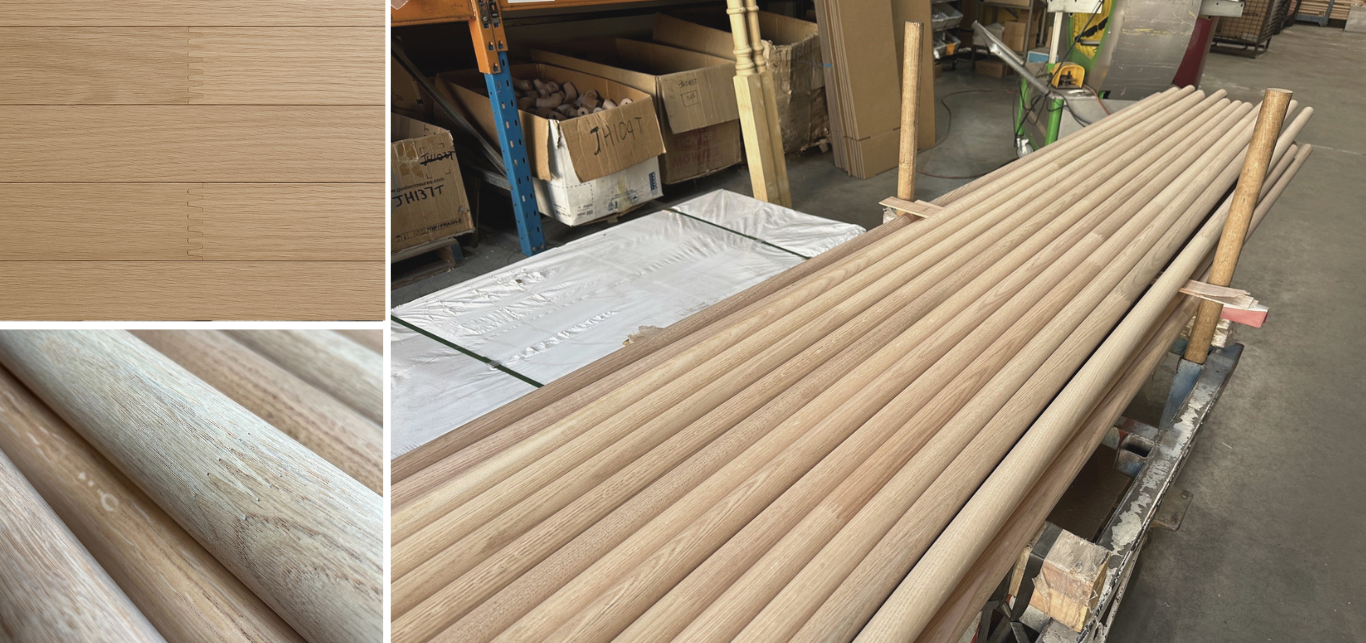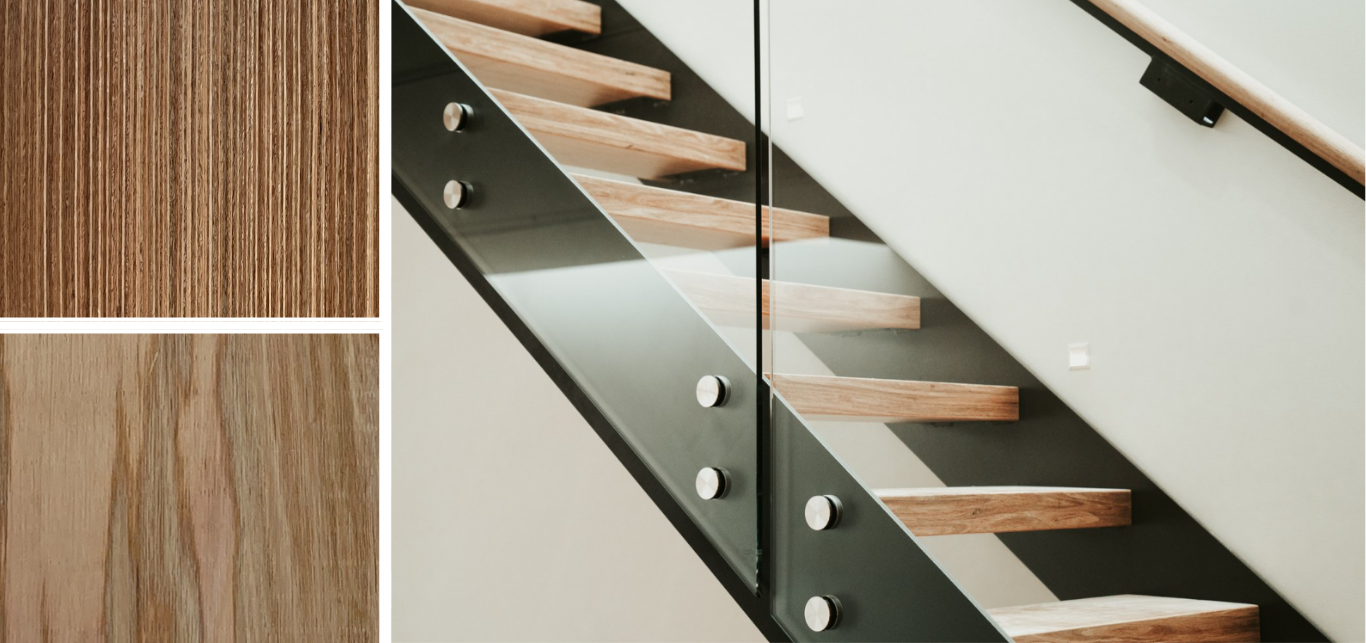Madie Wray
November 20, 2022
The 5 Tools You Need To Install Wire Balustrade
The 5 Tools You Need To Install Wire Balustrade
Not every wire balustrade kit/system will require the use of all 5 tools so make sure to double-check the requirements of your kit before purchasing the tools! If you’re purchasing your wire fittings from us, feel free to give us a call for clarification.
Looking for more information on our wire balustrade systems? You can download our in-depth guide here.
Related Reading: Step By Step Guide To Wire Balustrade1. Swager
No matter which wire balustrade kit you’ve chosen for your project, a swager will be required to install it. Swagers are available in both hydraulic and manual varieties, but serve precisely the same purpose!
Wire swagers are designed to crimp metal fittings to your wire rope. When these fittings are made from soft metals such as copper, a hand swagger (such as this one) is more than sufficient. But in most instances, when metals such as stainless steel are being used, a hydraulic swager will be required.
Hydraulic swagers are available in 2 different varieties: 9-ton and 5-ton. The 9-ton Pro Swager is a hardier, more reliable tool, and is therefore what we recommend to tradesmen and handymen. The 5-ton mini swager on the other hand is more than suitable for small, one-off jobs around the house (when less than 200 fittings are being crimped).
Below we have linked all 3 of our swagers & their pros/cons:
| Hand Swager | Pro Swager | Mini Swager |
|---|---|---|
| ✓ Only Crimps Soft Metals | ✓ Crimps Hard Metals | ✓ Crimps Hard Metals |
| ✓ Suitable for Trades & DIY Jobs | ✓ Suitable for Trades & DIY Jobs | ✖ DIY jobs only |
| ✖ Hand tool - no hydraulic capabilities | ✓ 9 tons of pressure | ✓ 5 tons of pressure |
If you would like to know more about our wire swagers, you can check out our youtube channel for more swager content.
Shop Our Range Of Swagers
See Our Range
2. Tensioning Spanner
The tensioning spanner is compatible with 90% of the wire balustrading kits sold in our online store. It is a small c-shaped spanner that is designed to tension bottle screws, lag screws and threads.
How is this tensioning spanner different to other spanners you may ask? The c-shaped wire spanner has a small pin that is designed to drop into bottle screws, which allows it to tension/turn the riffing with ease. Other spanners without this pin cannot be used to tighten bottle screws.
We suggest purchasing one spanner for each person working on your wire balustrade job, as they are relatively inexpensive, yet integral to the installation process.
Shop Tensioning Spanners
See Our Range
3. Tension Guage
When installing any kind of balustrade or handrail, it’s important to ensure that it meets Australian Building Standards (you can find our guide here). When it comes to wire balustrade specifically, however, you also need to ensure that it is tensioned to the correct level.
Below we have outlined the standards for 3.2mm wire balustrade, spaced 80mm apart, with 1.5m intermediate posts as this is our recommended installation setup. For those interested in alternate configurations, the full table can be found here.
| Wire Configuration / Lay | Minimum Tension In Newtons (N) |
|---|---|
| 1 x 19 | 1083N |
| 7 x 7 | 1100N |
In order to determine whether your balustrade wire meets these minimum tensioning requirements, a tension gauge will be required.
These gauges are particularly important if you are installing wire balustrading on a consistent basis, or on behalf of a client.
If you would like to know more about our wire swagers, you can check out our youtube channel for more swager content.
4. Wire Cutters
Cutting wire balustrade with an angle grinder simply won’t cut it! Due to the fact that stainless steel cable is made up of multiple, smaller strands of wire, attempting to cut it with a revolving tool like this will result in the wire fraying and splitting. This makes it next to impossible to squeeze inside a wire fitting!
So, rather than using angle grinders or the like, you’ll need to get yourself a reliable set of wire cutters. This particular pair is designed specifically for wire balustrading, and is suitable for both 3.2mm and 4mm stainless steel wire.
5. Rivet Nut Inserter
Shop Rivet Nut Tools
See Our Range
One of the most popular methods for affixing wire balustrades to metal posts is by using rivet nuts! This is partially due to their easy installation, and partially due to the fact that most metal posts have wall thicknesses of less than 3mm.
A rivet nut inserter is the only tool on the market able to insert these rivet nuts into metal posts, and therefore mustn’t be forgotten at the checkout!
If you have posts with a wall thickness greater than 4mm, this tool mightn’t be for you. In these instances, we actually recommend tapping a thread directly into your post. If you’re not sure how to do this, we’ve got a handy step-by-step tutorial here.
For those interested in how the rivet nut inserter actually works, we’ve filmed a quick youtube video to show you! Once you get your head around the basics, it’s an incredibly easy tool to use!
People Also Read

Australian Made Sustainable Timber Alternatives | Working With Crafted Hardwoods
Over the last 80 years, Hammersmith has had the privilege of working alongside countless Australian-owned and operated businesses: from stairbuilders, to timber merchants, to furniture makers.

What is Finger-jointed Timber?

What is EWP Timber / Engineered Wood Product?
EWP (Engineered Wood Product) is real timber! It is made by stacking and gluing together multiple thin layers (or veneers) of solid timber on top of one another, usually with the grain running in the same direction. These layers are then compressed and glued together to form a strong, stable, and uniform piece of timber that can be used in visible, finished applications, such as stair treads, handrails, and wall panelling.
